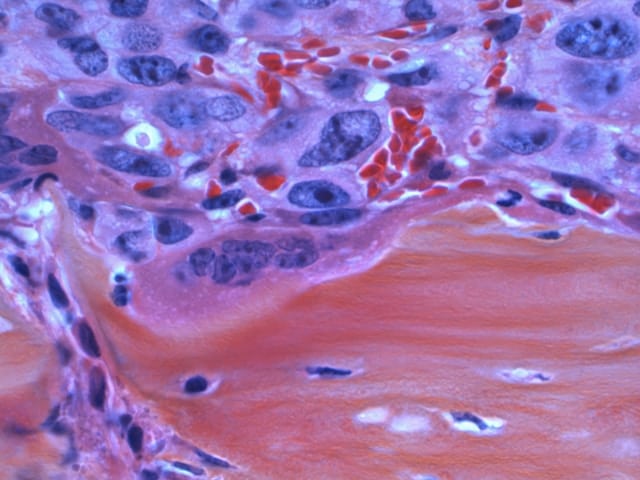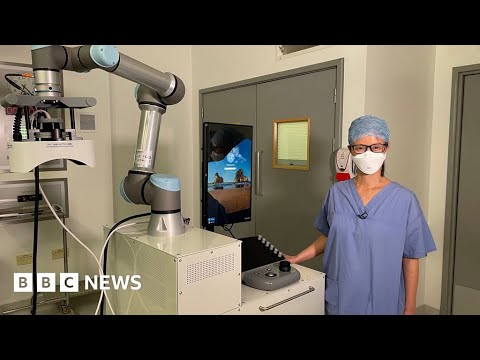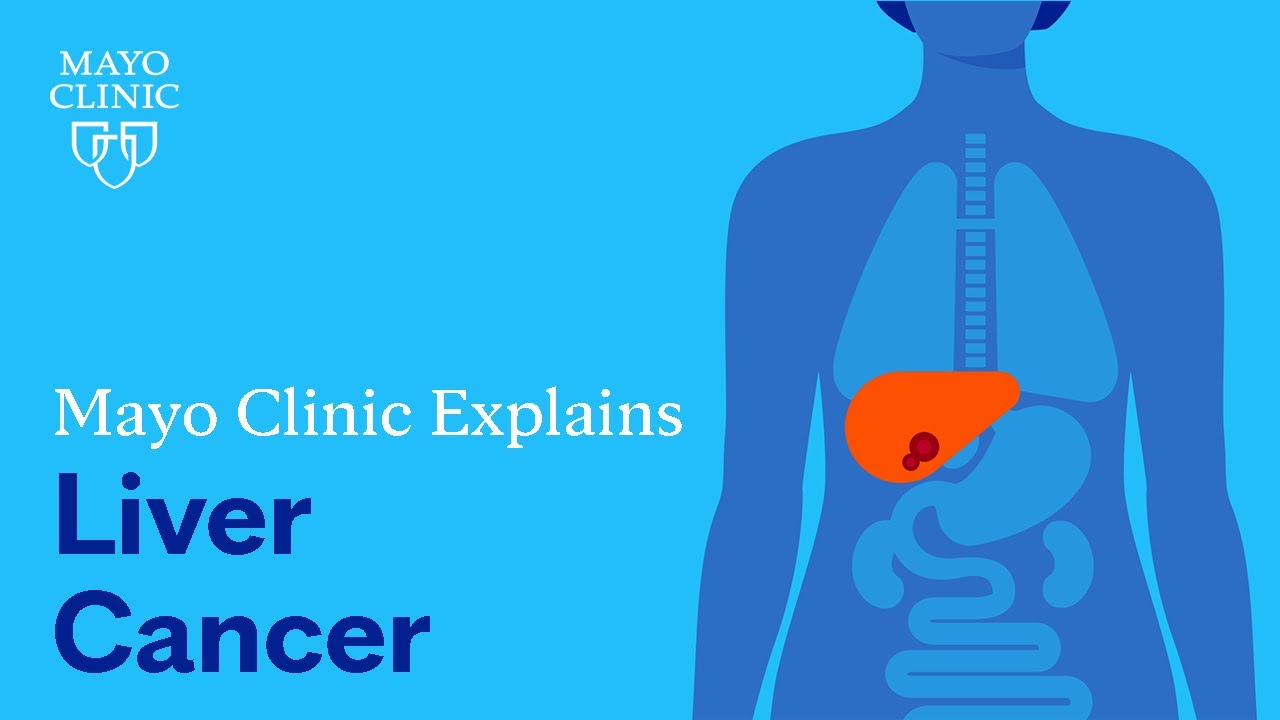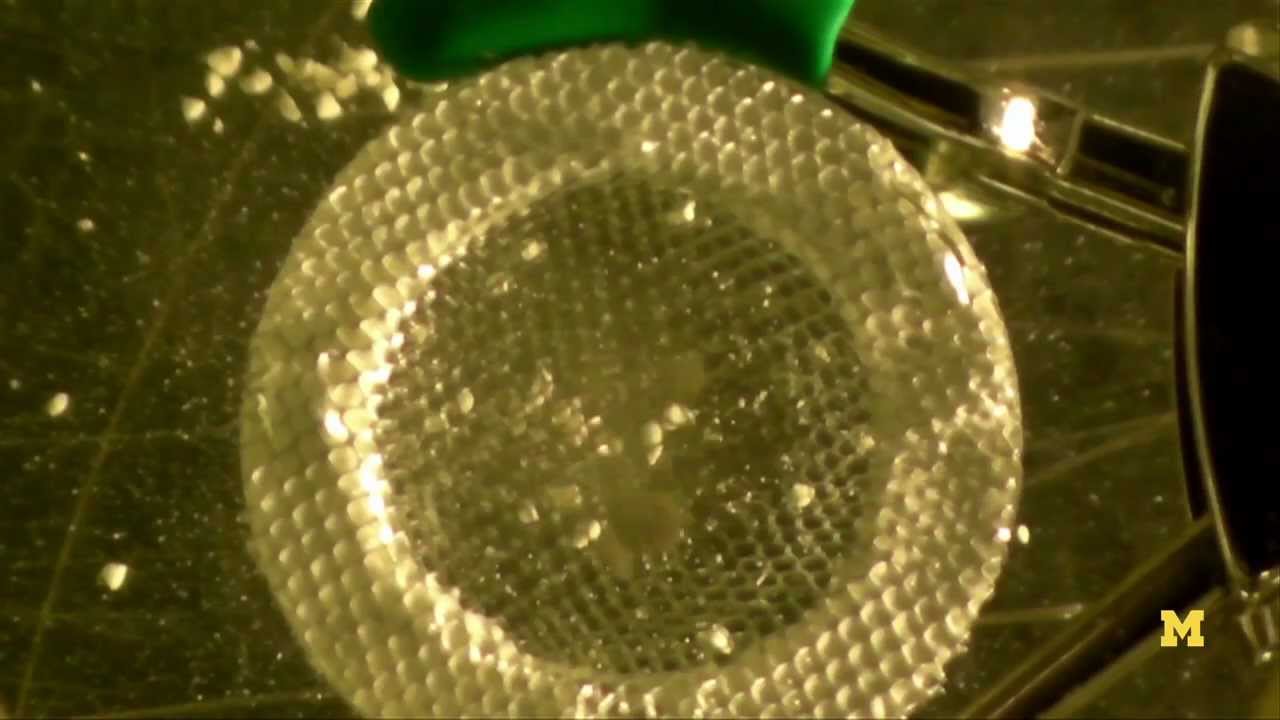Sound waves have led to groundbreaking research results in rats afflicted with liver cancer, showcasing a highly effective, non-invasive treatment approach. By employing focused ultrasound, scientists achieved a remarkable 75% reduction in liver tumor volume. Intriguingly, this procedure also triggered the rats’ innate immune response, ultimately eliminating the remaining tumor.
The researchers reported that nearly 80% of the rodents witnessed the eradication of cancerous tissues and remained free from cancer recurrence or metastasis throughout a 3-month observation period.

Currently, the groundbreaking therapy is in human clinical trials targeting liver cancer.
Biomedical engineer Tejaswi Worlikar from the University of Michigan believes that Histotripsy offers a promising alternative to current ablation methods, potentially revolutionizing liver tumor treatment with its non-invasive and safe approach.
The biomedical engineer said: “We are optimistic that the insights from this study will inspire future histotripsy research, advancing towards the ultimate objective of incorporating histotripsy treatment in the clinical care of liver cancer patients.”
What is the mechanism behind histotripsy?
Nurtured at the University of Michigan, this treatment injects fresh hope into the fight against this relentless ailment. Liver cancer’s current 5-year survival rate in the United States stands at a distressing less than 18%.
Histotripsy, a technique utilizing ultrasound transducers, doesn’t focus on internal imaging but rather disintegrates cancerous tumors. It harnesses ultrasound cavitation, akin to fat cell breakdown for weight loss. Ultrasound waves are directed to the treatment zone, generating small bubbles in the target tissues. When these bubbles burst, they disrupt and eliminate a portion of the tumor.
Obtaining precise access to the entire tumor remains a challenge, primarily because of the tumors’ positioning. This affects the safety of applying this technique to the entire tumor. The researchers observed that partial treatment led to complete regression in approximately 81% of the treated rats, a stark contrast to the 100% tumor progression seen in the control group.
“Our specially designed transducer at the University of Michigan uses high amplitude microsecond-length ultrasound pulsations – acoustic cavitation – to focus particularly on the tumor and break it down. Even if we can’t target the entire tumor, we can still trigger its regression and also diminish the risk of future metastasis,” said biomedical engineer Zhen Xu of the University of Michigan.
The experiment’s progress and discoveries
Approximately 22 laboratory rats were intentionally induced with liver cancer. Half of them served as a control group, while the remaining half received histotripsy treatment targeting a significant portion, approximately 50 to 75%, of their tumor volume.
A smaller subgroup of 3 rats received a reduced treatment dose, focusing on only 25% of the tumor volume using the histotripsy technique. After the treatment, the experimental rats were humanely euthanized and dissected for a comprehensive assessment of treatment effectiveness. Researchers examined indicators of tumor progression, metastasis, and immune response markers.
The control group’s outcomes proved disappointing, with all rats displaying tumor progression and metastasis. These animals were euthanized once tumors reached their maximum size after the 3-week ethical procedures time limit.
Conversely, the treated rats exhibited significant improvement, free from complications or side effects. Nine out of 11 rats experienced reduced tumor growth and enjoyed a tumor-free life for the remaining 10-week study period. This study not only reaffirms histotripsy’s effectiveness in reducing tumor volume but also underscores its potential to enhance post-treatment survival rates.
“This study portrayed the potential of histotripsy for successful non-invasive tumor disruption and prevention of local tumor progression and metastasis. Even with partial ablation, we observed complete local tumor regression in 9 of 11 treatment rats, with neither recurrence nor metastasis up to the 12-week study endpoint, as corroborated by MRI and histology,” wrote the researchers.
“These findings suggest that histotripsy may not elevate the risk of developing post-ablation metastasis, as compared to control groups. Future research continues to explore the safety, efficacy, and biological effects of histotripsy, for its potential integration in clinical practices,” said the study, published in Cancers.
Revolutionizing the fight against cancer using sound waves
A groundbreaking technique known as ‘histotripsy’ harnesses ultrasonic waves to revolutionize non-invasive cancer treatment, yielding promising outcomes in recent studies. The University of Michigan, the birthplace of this innovation, spearheaded research that effectively disrupted nearly 75% of liver cancer tumors in rats. Remarkably, 80% of these rodents remained cancer-free without recurrence or disease spread during a three-month observation period. Sound waves have already advanced to human trials for liver cancer treatment.
“Histotripsy is a truly disruptive technology, redefining possible cancer treatments. It could flatten existing hurdles of current ablation methods and deliver safe and successful liver tumor destruction,” stated Tejaswi Worlikar, the leading biomedical engineer at the University of Michigan.
Promising results for the future

Achieving precise coverage of the entire tumor remains a challenge, as the effectiveness of this technique largely depends on the tumor’s specific location. Nonetheless, the application of sound waves treatment demonstrated encouraging outcomes, with around 81% of treated rats exhibiting positive results compared to a 100% tumor growth rate in the control group.
Zhen Xu, a biomedical engineer from the University of Michigan, said: “Our uniquely designed transducer uses high amplitude microsecond-length ultrasound pulsations, acoustic cavitation, to zero in on the tumor and break it down,” She added: “Although we may not be able to target the entire tumor, we can generate regression and curtail the risk of future spreading of the disease.”
Recent histotripsy research offers more than just tumor size reduction; it kindles hope for improved survival rates post-treatment. In a 10-week study, partial ablation resulted in complete local tumor regression for 9 out of 11 rats, verified by MRI and histology with no signs of recurrence or metastasis.
What’s more, this process didn’t elevate the risk of post-ablation metastasis, yielding better outcomes than control groups. These experiments solidify histotripsy as a non-invasive tumor disruptor, hinting at its potential to prevent local tumor progression and disease spread.



